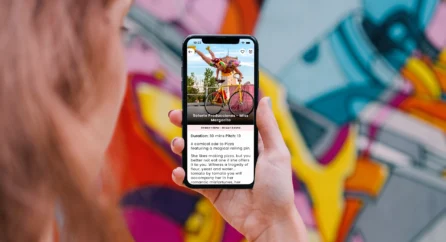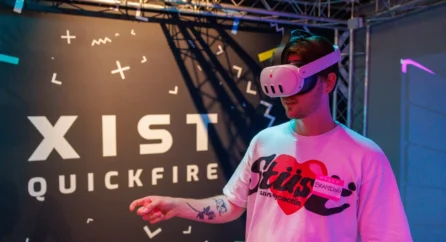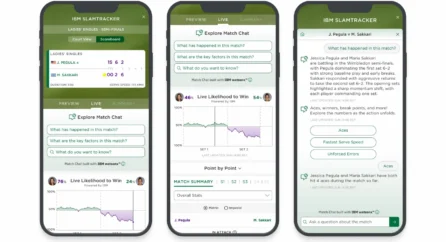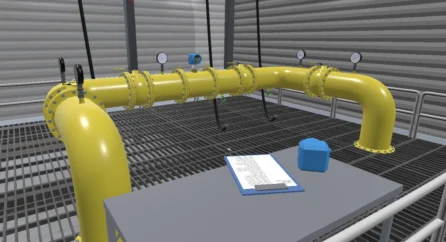Home Knowledge Base VR storytelling tips: how to create engaging 360 narratives
VR storytelling tips: how to create engaging 360 narratives
5th June 2019

When it comes to VR and 360 experiences, storytelling differs from traditional styles because you have a full 360º world to place your characters and events. At Infinite Form we create story-led experiences for training and entertainment, often using branching narratives to give users agency. Here are some top tips to ensure your story flows across every variation.
Map out every variation
It can be tempting to include lots of variable outcomes, but options multiply quickly. For short VR experiences (5–10 minutes), limit the number of story variables to avoid producing too many endings. For bigger projects like games with hours of gameplay, more variables are fine. Regardless of length, map out every possible route to ensure all variations are covered and coherent.
Know your audience and interaction level
Identify who your audience is and their role in the experience:
- Gameplayer – high interaction, influencing actions directly.
- Passive observer – low interaction, choosing options as the story progresses.
- Character in the story – active involvement shapes the narrative.
Audience role determines required technology – from high-end setups like HTC VIVE to standalone headsets like Oculus Go – and affects how action is presented.
Place your action thoughtfully
In VR, action can occur all around the user. Ensure important story points are noticeable, or users may miss them and become stuck. Use the 360 space creatively:
- Hide Easter Eggs for added discovery.
- Introduce red herrings to create suspense or branching paths.
Careful placement of action keeps users engaged while taking advantage of the immersive environment.
Maintain continuity
Multiple story variations make continuity critical. Ensure each scene aligns with the choices users make, including dialogue, character interactions, and environmental changes. A visual map of your storylines helps track branching paths and maintain narrative consistency.
Consider pacing and timeouts
If users have multiple options and hesitate, decide how the experience responds:
- Static wait – the experience pauses until a choice is made.
- Timed progression – automatic continuation keeps the story moving.
This is particularly important for training scenarios or games testing reaction times. Building in timeouts ensures smooth pacing without breaking immersion.
Related posts
















